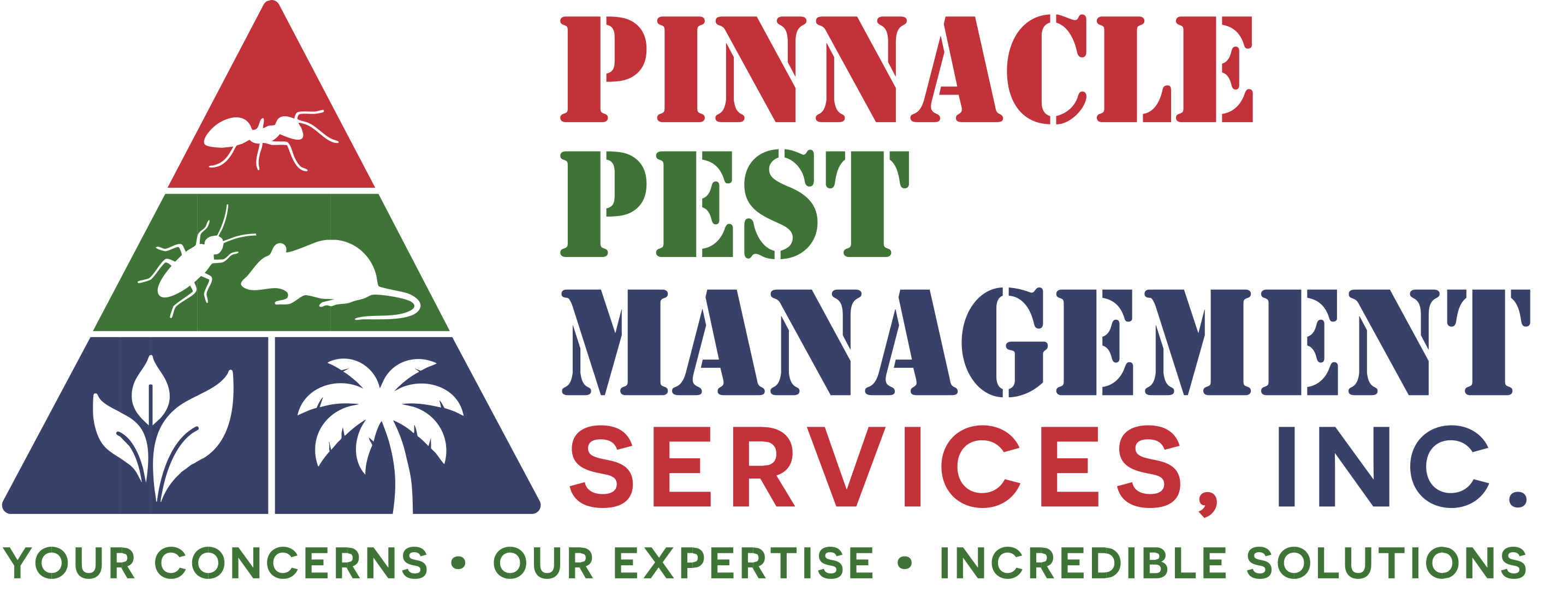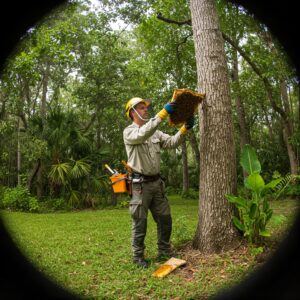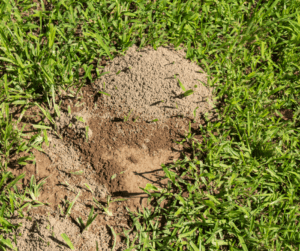Title: Keeping Unwanted ‘Bug’ Guests At Bay: Protecting Your Kids and Home
As children return to school in a few weeks, a hidden concern often lurks at the back of many parents’ minds: bugs. These little critters are irritating and can bring various health issues. We’re not referring to the six-legged variety but rather the more invisible, microscopic ones – lice, bed bugs, and germs that cause common illnesses.
Head Lice: The Unwanted Classroom Companion
Head lice are among the most common bugs children bring home from school. These tiny, wingless insects live in human hair, feeding off the scalp’s blood, leading to relentless itching. Head lice don’t fly or jump but can crawl quickly, spreading from head-to-head contact – a common occurrence in schools.
Bed Bugs: The Night-time Nuisance
Next on the list are bed bugs. Though not as common as head lice, these bugs are often brought home unknowingly on children’s clothing or backpacks. Bed bugs are infamous for their nocturnal feeding habits, leading to itchy and uncomfortable bites.
Germs: The Invisible Invaders
Finally, the most prevalent is germs — the cause of common illnesses such as colds, flu, and stomach bugs. Schools, being crowded environments, act as ideal breeding grounds, where germs can pass from child to child via touch, shared objects, or the air.
So, how can parents protect their children and homes from these bugs?
Preventing Head Lice
Start teaching your child to avoid head-to-head contact during play and other activities. Discourage sharing items that touch the head, like combs, hats, headphones, or hair accessories. Regularly check your child’s hair for lice and their eggs (nits), especially if there’s an outbreak at school.
If your child does get lice, over-the-counter treatments are available. Ensure you follow the instructions carefully. In persistent cases, consult your healthcare provider.
Guarding Against Bed Bugs
Ensure your child’s school bag and outdoor clothing are kept off beds and couches as much as possible. Regularly wash and heat-dry your child’s clothes, bed linens, and plush toys. Professional pest control services are recommended for a comprehensive solution if a bed bug infestation is suspected.
Keeping Germs at Bay
Teaching proper hygiene practices is critical to germ prevention. Encourage regular hand washing, particularly before meals, after using the toilet, and after coughing or sneezing. Teach your child to use tissues or the crook of their elbow to catch sneezes and coughs, reducing airborne germ spread.
Keeping surfaces clean at home also helps reduce germ transmission. Regularly clean items and surfaces your child frequently touches, like toys and doorknobs, with appropriate disinfectants.
Vaccinations also play a critical role in germ protection. Ensure your child’s vaccinations are up-to-date, providing an essential shield against common illnesses.
While the idea of bugs traveling home with your child might be unsettling, preventative measures can significantly reduce the risk. Remember, fostering open communication about these topics with your child is essential. Informed children are more likely to follow preventive practices, making your task of keeping these bugs at bay a bit easier.
A bug-free school year is possible with the proper precautions and prompt actions. Here’s to a year of learning, growth, and good health!





